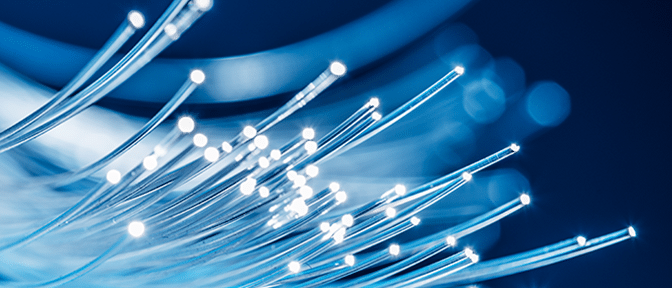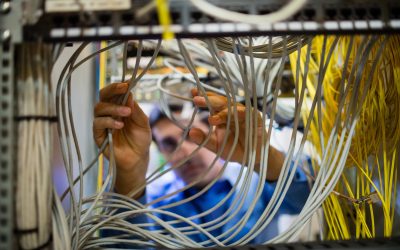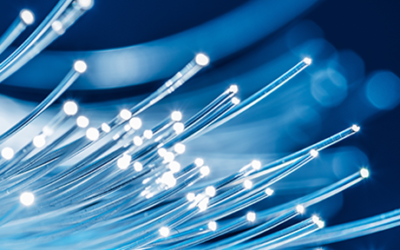Parallel or Serial Transmission in Fiber Optic Systems

Tags: 100g | 10g | 40g | cabling | datacenter | fiber optic | network
As data rates have increased in response to more demanding applications, the market has gravitated to parallel optics. This trend is being supported by the consistent demand for MPO-based cabling, a datacenter staple for more than a decade. Using laser-optimized multimode fiber (LOMMF), serial optics can cost-effectively support speeds up to 10G. But as the 10G links give way to 25G or 40G, the only option with serial transmission had been to switch to costlier single-mode solutions. Parallel optics, however, provide a more cost effective solution for 40G and 100G Ethernet.
The switch to parallel optics is also helping to drive use of MPO connectors. However, the trend to parallel optics may soon reverse as more technologies—that make better use of individual fibers—are developed. A variety of new technologies such as PAM4 and WDM are expected to help lure more connections back to duplex in the future.

Written by James Donovan
You might also enjoy
FO Connector Contamination – A Constant Threat
Fiber optic communication most commonly works in duplex or multifiber transmission by transmitting light to a receiver in one direction on a fiber and receiving transmitted light back to a second receiver on the second fiber. Most engineers can understand that and...
Why Inspect and Clean Fiber Optic Connectors?
Inspecting and cleaning of fiber optic connectors during installation and when making any patching, is essential. Any contamination on a patch cord connector will be transferred through the coupler to the connector it is mated to. Even when testing fibers with a test...
Cleaning MPOs
MPO connectors should always be inspected with a scope before they are used, be that on a patch cord or a bulkhead. If they need to be cleaned, one-click cleaners are keyed to ensure the tip only fits one way onto the connectors and is able to clean both male and...


